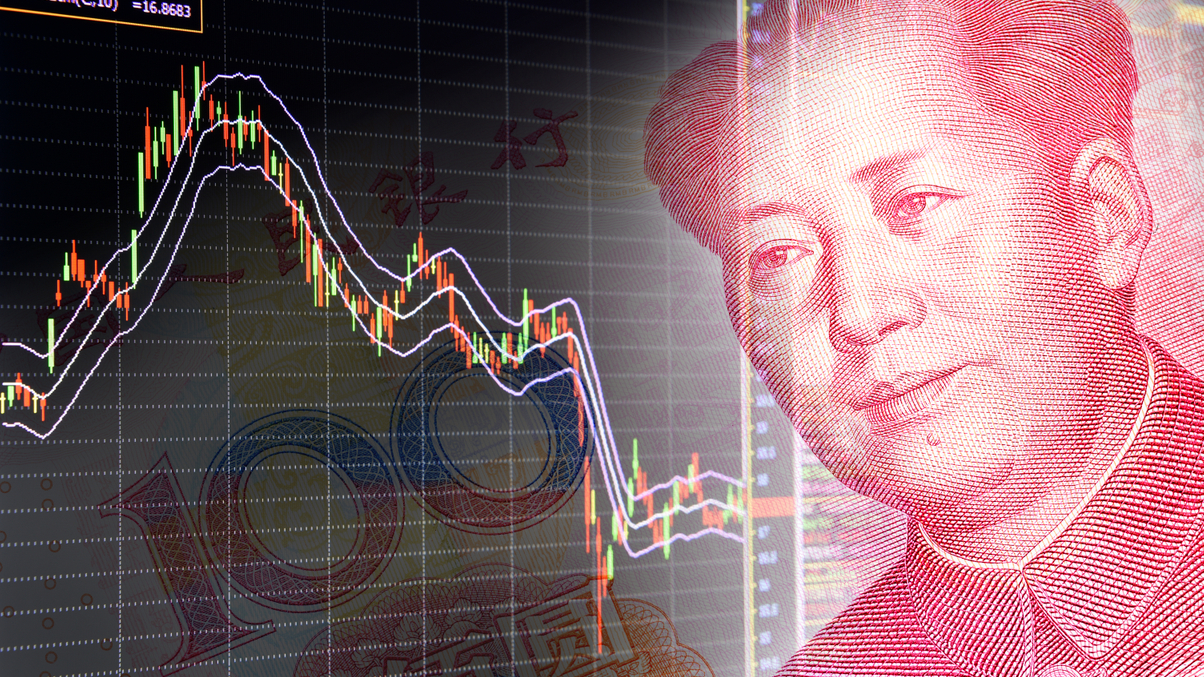Chinese investors ramp up use of Stock Connect
Flows into Hong Kong stocks via the trading link has accelerated, while A-share investment has been tepid, amid renminbi weakening and rising demand for foreign assets.

Chinese investor flows into Hong Kong equities via the Stock Connect trading link have accelerated in the past two months, amid rising demand for overseas exposure and a weakening renminbi.
Sign in to read on!
Registered users get 2 free articles in 30 days.
Subscribers have full unlimited access to AsianInvestor
Not signed up? New users get 2 free articles per month, plus a 7-day unlimited free trial.
¬ Haymarket Media Limited. All rights reserved.


